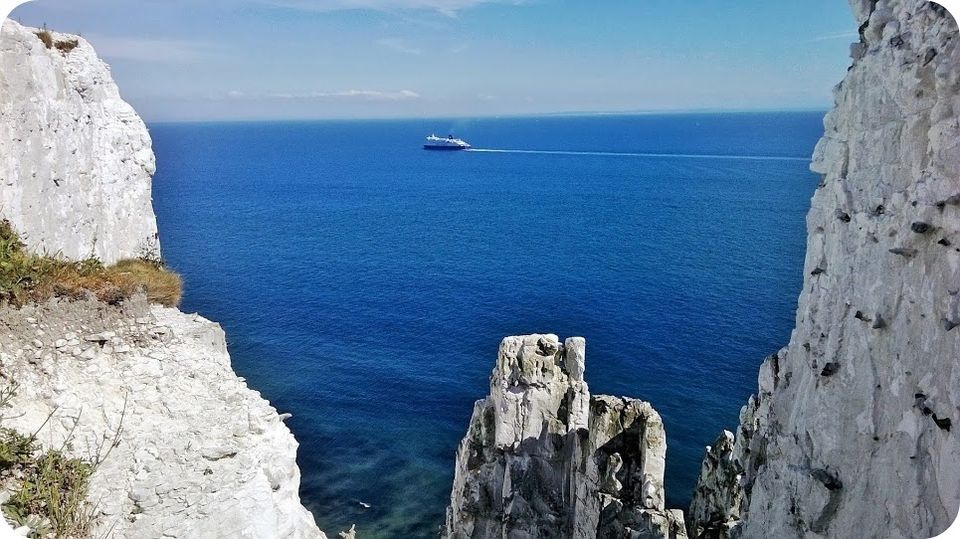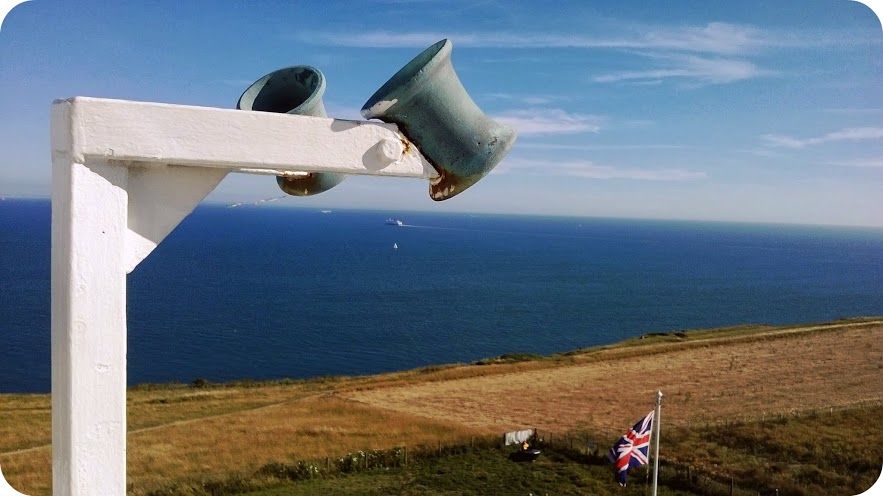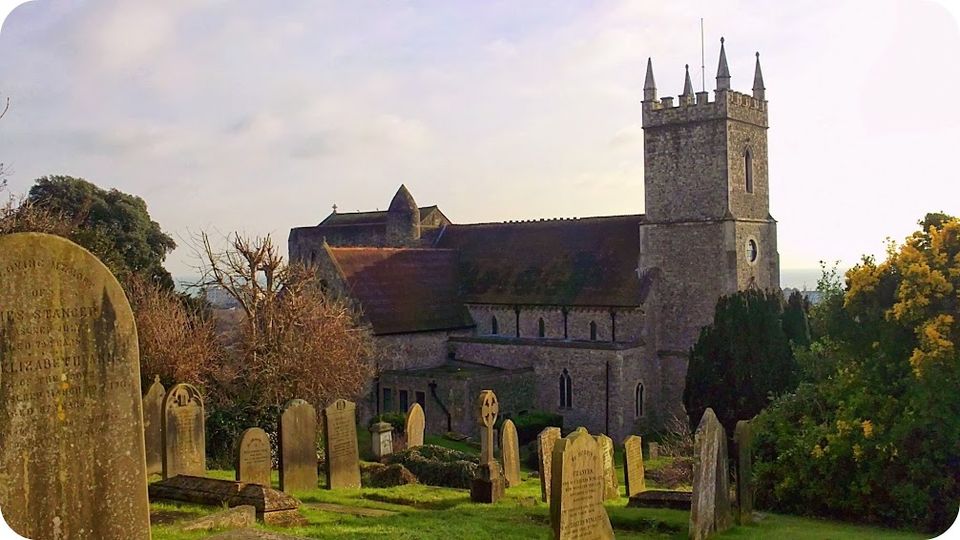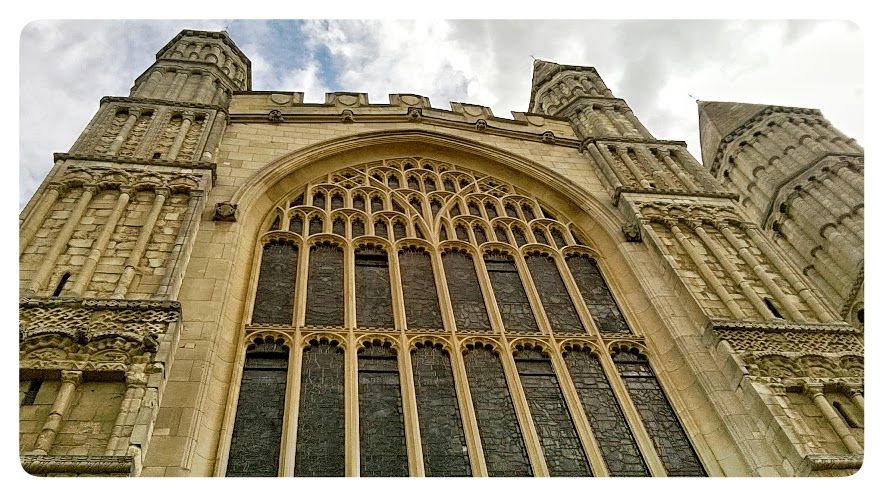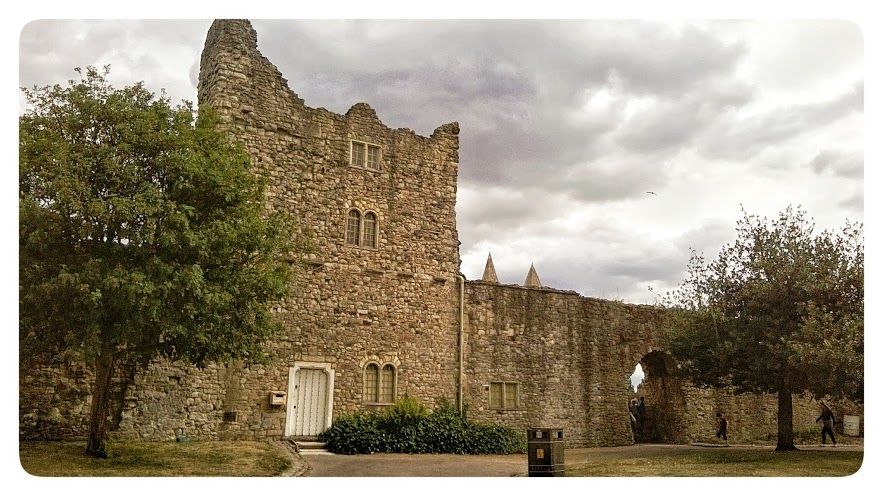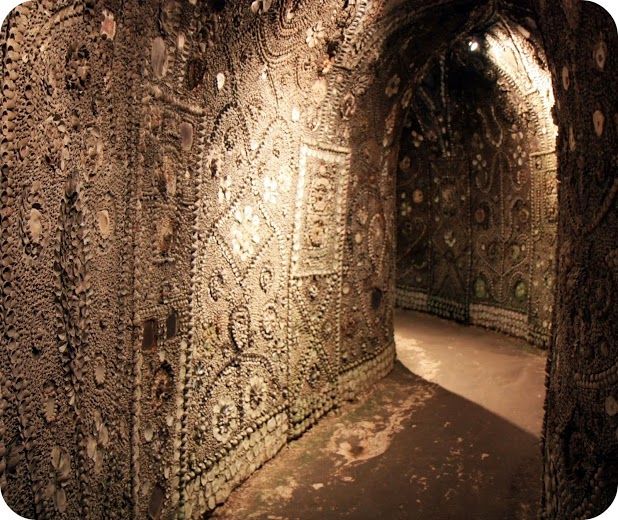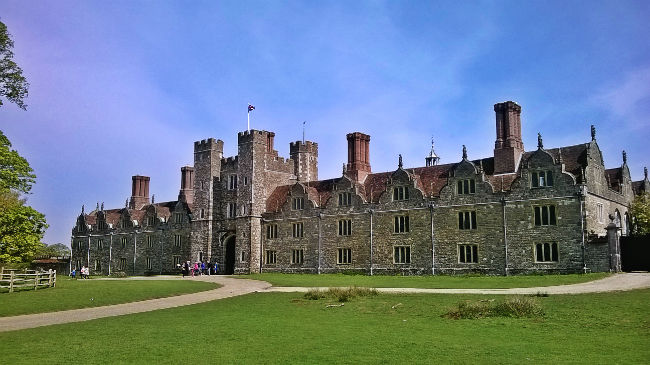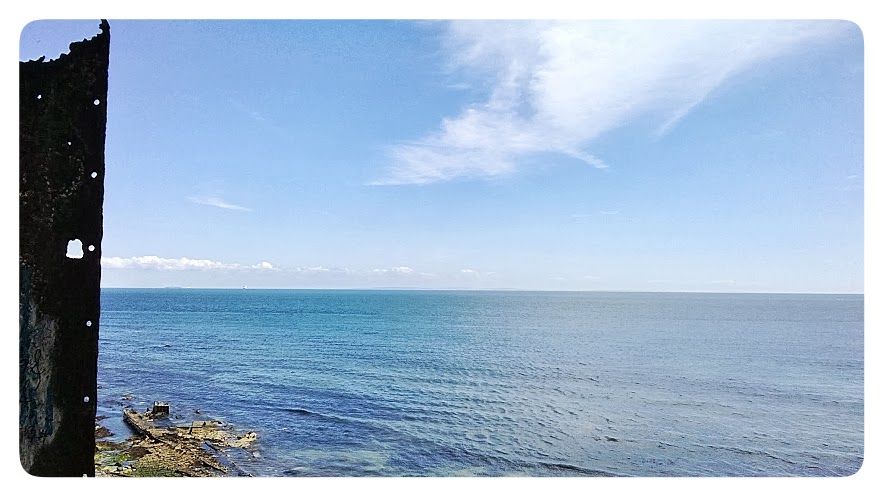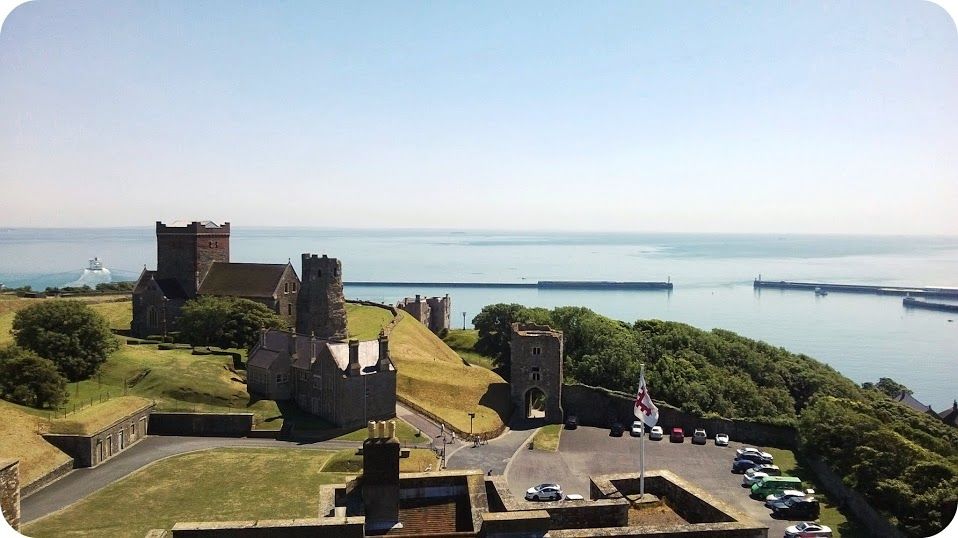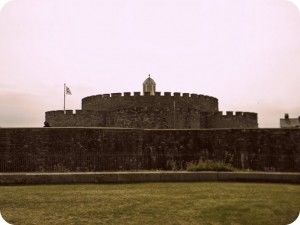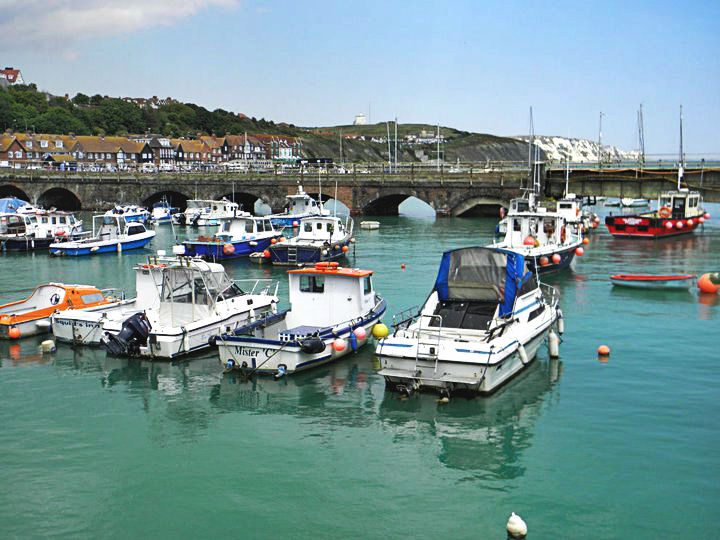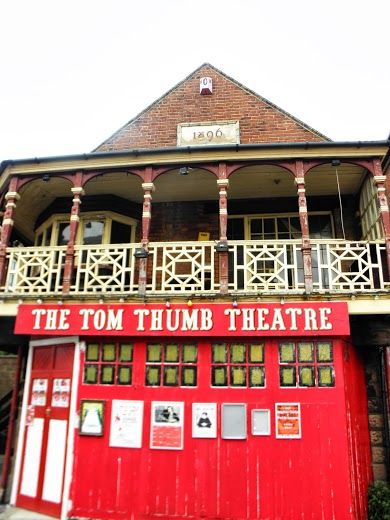It is a home that is a castle, but it blends into the forested surroundings, the deer grazing on it’s corners, as if it grew there itself. Knole House is a quintessentially English country estate, one that would not be out of place in the most romanticized stories of 19th century England- and in fact, may have inspired many of them. Located in Sevenoaks, Kent the property boasts stunning countryside scenery, yet is only 25 minutes from London.
Knole House is one of the largest houses in all of England, and has been home to some of some of the most powerful families in English history. It has inspired famous authors- Virginia Woolf based her fictitious novel ‘Orlando’ on the home and family of her lover. The best part of Knole House is the incredible 1,000 acre deer park that surrounds it. We had a wonderful time climbing trees, deer spotting, and running around the forest. It is a great place to take the family, get out of the city, or just enjoy nature for a day. We really enjoyed ourselves, and plan on returning very soon!
One of England’s most mysterious attractions, the Margate Shell Grotto is a bizarre underground cave that is (possibly) up to 3,000 years old. The walls in the Margate Shell Grotto are covered in beautiful mosaics made up of over 4.6 million seashells. This is off-the-beaten-path at its best. Margate is an adorable seaside town that has been in the process of revamping its image, as well as adding new attractions to draw in visitors. The Turner Contemporary Museum is the newest kid on the block, and has been opened to rave reviews from art critics and visitors alike. (I love it!) When you arrive at the property it looks like every other dilapidated building in the area, but don’t let this deter you! As you walk inside you are directly in the visitor’s center and gift shop where you can purchase your ticket or buy tacky souvenirs. With ticket in hand, you can descend into the humid cavern below. I am telling you, it is fascinating.
If you visit the White Cliffs of Dover, and are looking to see something a little different, make your way to the zig-zag path above Langdon Bay. It will take you approximately 20 minutes from the visitor’s center to reach the path, and it will not be marked. The path is easy to find as there aren’t many trails leading down the cliffs- for obvious reasons. Originally there were three search batteries here, but one was lost some years back after a section of cliff fell. Although the ‘Langdon Lights’ have fell into ruin, there is always a strange sense of beauty in a forgotten place like this.If you are looking for a crowd-free, incredible place to swim- Langdon Bay is magical in summer. Do check the tide times and visit when the tide is low.
Oh yeah, there is still remnants of a shipwreck! You can see the remains of the SS Falcon, a ship that caught fire in 1926 with a cargo full of hemp and matches. Seriously.
Rochester Castle surprised me, as it had the opposite atmosphere of Dover Castle. The touristy feeling one often gets visiting famous sites, was seemingly absent from Rochester Castle, except for a small gift shop. This made it love at first sight for this girl. It is easy to see why Charles Dickens preferred this English town above all others. The walk to the castle from the train station is full of history, and you will notice plaques on every other building hinting at their varied backgrounds. The fantastic thing about this castle is that it is, in fact, in ruins. There have been no fancy renovations recreating the rooms of the former occupants, there is no banquet hall to see (as the floor it once stood on is long gone) and there are not costumed characters walking the grounds. Yet, the ruins transport you. Without all the tourist distractions you are left to your own devices; imagination is allowed to take over.
The Rochester cathedral can trace it’s origins back to the 7th century. Fast forward to the 1500′s and the foundation you can see today began coming together. As you can imagine, with a history that spans almost 1500 years, there have been a lot of renovations and changes throughout the years. I really took to Walter de Merton here. He has a well-preserved and intricate tomb and I loved the way it is illuminated by the stained glass windows in the background. Not the worst way to be remembered. 2004 marked the 1400th anniversary of Rochester Cathedral. To celebrate the occasion, this beautiful fresco was added to the cathedral’s wall. This is the first fresco to be painted in England in over 800 years! Rochester Cathedral has been an important part of England’s history for centuries. This cathedral is very special, and one of those places that stays with you.
Dover Castle has guarded the Strait of Dover (the narrowest point from England to continental Europe) for around 6,000 years. Some of the most famous names in history have walked the halls of this medieval castle, from William the Conqueror to King Henry II. (The latter of whom I had a pleasure of meeting during my visit.) Dover Castle is just one part of the history that has played through time on Dover’s hilltop. You can still visit the ruins of a lighthouse built by the Romans in the second century AD, a beautiful Saxon church from 1000 AD, and the secret wartime tunnels from World War II where some of Britain’s most famous war strategies were played out. Dover castle has recently gone through a major renovation to make the rooms appear how they might have looked in the 1100′s. Bright tapestries adorn the walls, royal red and blues and golds throughout. It really adds a bit of magic as you pass through the rooms, almost like you are visiting a working royal castle.
The details throughout Dover Castle are incredible, and you can see everything from a royal toilet chamber to a chess set copied from an original at the British Museum. I enjoyed seeing the original features best of all. Gorgeous wood beams, fireplaces used hundreds of years ago, and the beautiful chapel dedicated to Thomas Beckett who King Henry II had killed.
Taking a nice 45 minute stroll along the White Cliffs of Dover you will come upon the South Foreland Lighthouse. This is not you everyday lighthouse. A beacon has shone onto the English Channel from this spot since at least 1730. While the technology has changed drastically along the way, the South Foreland Lighthouse has been a pioneer of the lighthouse industry since the beginning. I immensely enjoyed walking the catwalk of the lighthouse. The view on a beautiful day is just spectacular. Walking around you can enjoy a panoramic view of both the English Channel and the surrounding coastal landscape. South Foreland Lighthouse was the first lighthouse in the world to use an electric light. When you consider the amount of time and manpower it must have taken before this, it is a truly remarkable achievement. The National Trust took over the property and you can now take guided tours of this fascinating piece of maritime history.
Deal is located on the English Channel, in south-east England. It was once the busiest port in England due to it’s close location to France, which is only 25 miles across the water. (A neighbouring small town called Walmer is believed to be the location where Julius Caesar first arrived in Britain.) These days Deal is a quiet city that comes to life a couple of months a year when the tourists come for some time by the sea. It is most known for the castle that remains here from the 16th century. The best thing about visiting Deal Castle is that they give you total free reign on the property. Explore the rooms on your own, discover secret passages, walk the moat. Entirely unsupervised. It makes it feel like you have discovered your own special abandoned castle. I especially loved the ‘dungeon’ area. The water was above our ankles in places, and there was no electric lighting. So much water has been dripping down there over the centuries that stalactites have begun to form from the ceiling.
The Tom Thumb Theatre in Cliftonville, Margate, Kent is one of the smallest theatres in the world. The stage measures only 10 ft. x 7 ft., making it the smallest stage of any public theatre on the planet. For the audience, the Tom Thumb provides an ambiance hard to find in a world of mega-venues that focus more on ticket sales and fancy pyrotechnics than the music itself. With only 50 red velvet seats, visitors are guaranteed an intimate showing at every event. The Tom Thumb Theatre is a charming community theatre, and the quirky exterior and unique performances continue to draw in visitors both local and worldwide. I really enjoyed my look around the Tom Thumb, it is not everyday you get to see the smallest -insert place here- in the world.
Up on a hill, overlooking the coastal town of Hythe, is the 11th-century church of St.Leonard. St. Leonard’s Church has been an important part of the Hythe community for almost 800 years and has watched over the town’s rich history while remaining a steadfast monument of it’s past. As I stepped (okay climbed, breathing heavily) up to the face of the the church, I wondered if the walls could talk what stories they would tell. The church itself is modest, but beautiful, with a charming old cemetery and stained-glass dotted interior.
St.Leonard’s has been a witness to countless tragedies and triumphs and has miraculously withstood through time and remains an important house of worship for the townspeople today. Almost as a testament to St.Leonard’s diverse and colorful past, a small room within it’s walls holds a mysterious secret that scientists have been unable to matter-of-factly solve to date.
Called “The House of Bones” a small crypt lies within St. Leonards which holds the human remains of over 4000 people. Piles of leg bones and shelves of human skulls welcome you as you enter. It is a surreal experience to visit the crypt as it is so unusual to see human bones kept in such a way.
When I first visited the town of Folkestone, England where we now call home, I was awe-struck at the absolute indescribable beauty of the area. I am not sure what I had expected, but it was definitely not dramatic cliff-tops, rolling hills, endless fields of green, and understated rocky beaches. Folkestone harbour as it seen today was built in the 1840′s to accommodate ferry routes from Boulogne, France to the English coast. The harbour is still used daily by local fisherman, with stalls lining the seafront selling fresh seafood caught the same morning, from boats owned by the stallholders.
We love to go hiking around, and up and down, these beautiful cliffs along our coast. If there is one thing I would miss the most if I left England, the White Cliffs would be it. As gorgeous as these chalk formations are, they are also an important symbol of England. For thousands of years they have greeted invaders and visitors alike as they came over from continental Europe. What the Statue of Liberty was to immigrants arriving in America, the White Cliffs of Dover are to those arriving in England. And wow, what a welcome. These cliffs owe their striking white color to the white chalk they are mostly composed of. They are 350 feet at their highest and provide the most incredible views. On clear days you can easily see France across the English Channel, an amazing view for a Sunday stroll.
